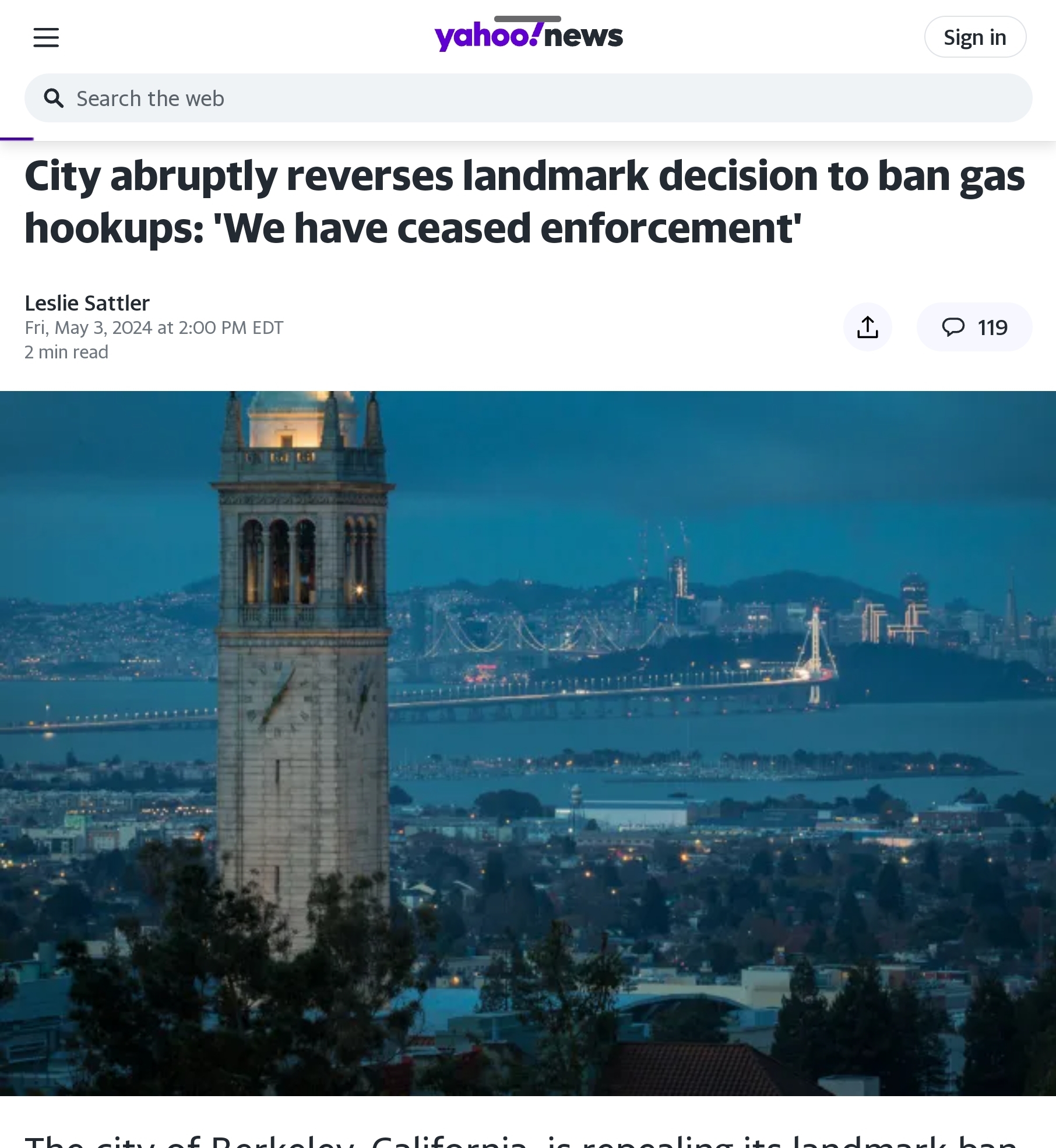Excerpt: The final draft of the IPCC’s Summary for Policymakers identifies eight “reasons for concern” which media reports say will remain the focus of the final report. The NIPCC reports address each point too, also summarizing their authors’ positions in Summaries for Policymakers. This provides a convenient way to compare and contrast the reports’ findings.
Here’s what the reports say:
IPCC: “Risk of death, injury, and disrupted livelihoods in low-lying coastal zones and small island developing states, due to sea-level rise, coastal flooding, and storm surges.”
NIPCC: “Flood frequency and severity in many areas of the world were higher historically during the Little Ice Age and other cool eras than during the twentieth century. Climate change ranks well below other contributors, such as dikes and levee construction, to increased flooding.”
IPCC: “Risk of food insecurity linked to warming, drought, and precipitation variability, particularly for poorer populations.”
NIPCC: “There is little or no risk of increasing food insecurity due to global warming or rising atmospheric CO2 levels. Farmers and others who depend on rural livelihoods for income are benefitting from rising agricultural productivity throughout the world, including in parts of Asia and Africa where the need for increased food supplies is most critical. Rising temperatures and atmospheric CO2 levels play a key role in the realization of such benefits.
IPCC: “Risk of severe harm for large urban populations due to inland flooding.”
NIPCC: “No changes in precipitation patterns, snow, monsoons, or river flows that might be considered harmful to human well-being or plants or wildlife have been observed that could be attributed to rising CO2levels. What changes have been observed tend to be beneficial.”
IPCC: “Risk of loss of rural livelihoods and income due to insufficient access to drinking and irrigation water and reduced agricultural productivity, particularly for farmers and pastoralists with minimal capital in semi-arid regions.”
NIPCC: “Higher atmospheric CO2 concentrations benefit plant growth-promoting microorganisms that help land plants overcome drought conditions, a potentially negative aspect of future climate change. Continued atmospheric CO2 enrichment should prove to be a huge benefit to plants by directly enhancing their growth rates and water use efficiencies.”
IPCC: “Systemic risks due to extreme [weather] events leading to breakdown of infrastructure networks and critical services.”
NIPCC: “There is no support for the model-based projection that precipitation in a warming world becomes more variable and intense. In fact, some observational data suggest just the opposite, and provide support for the proposition that precipitation responds more to cyclical variations in solar activity.”
IPCC: “Risk of loss of marine ecosystems and the services they provide for coastal livelihoods, especially for fishing communities in the tropics and the Arctic.”
NIPCC: “Rising temperatures and atmospheric CO2 levels do not pose a significant threat to aquatic life. Many aquatic species have shown considerable tolerance to temperatures and CO2 values predicted for the next few centuries, and many have demonstrated a likelihood of positive responses in empirical studies. Any projected adverse impacts of rising temperatures or declining seawater and freshwater pH levels (“acidification”) will be largely mitigated through phenotypic adaptation or evolution during the many decades to centuries it is expected to take for pH levels to fall.”
IPCC: “Risk of loss of terrestrial ecosystems and the services they provide for terrestrial livelihoods.”
NIPCC: “Terrestrial ecosystems have thrived throughout the world as a result of warming temperatures and rising levels of atmospheric CO2. Empirical data pertaining to numerous animal species, including amphibians, birds, butterflies, other insects, reptiles, and mammals, indicate global warming and its myriad ecological effects tend to foster the expansion and proliferation of animal habitats, ranges, and populations, or otherwise have no observable impacts one way or the other. Multiple lines of evidence indicate animal species are adapting, and in some cases evolving, to cope with climate change of the modern era.”
IPCC: “Risk of mortality, morbidity, and other harms during periods of extreme heat, particularly for vulnerable urban populations.”
NIPCC: “A modest warming of the planet will result in a net reduction of human mortality from temperature-related events. More lives are saved by global warming via the amelioration of cold-related deaths than those lost under excessive heat. Global warming will have a negligible influence on human morbidity and the spread of infectious diseases, a phenomenon observed in virtually all parts of the world.”




